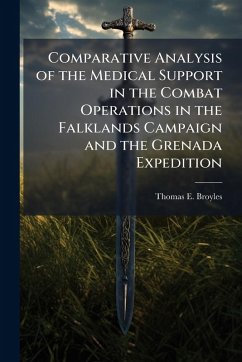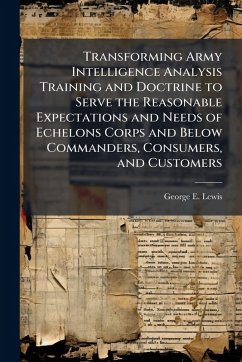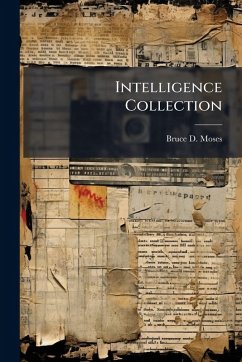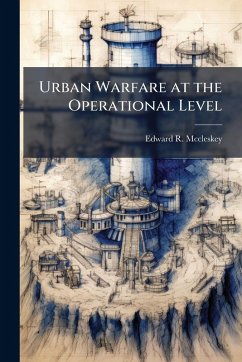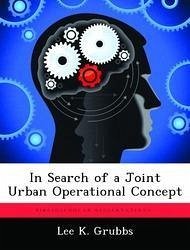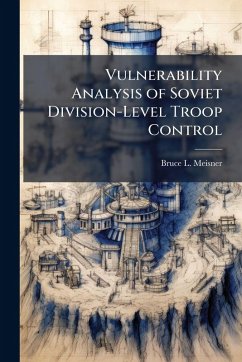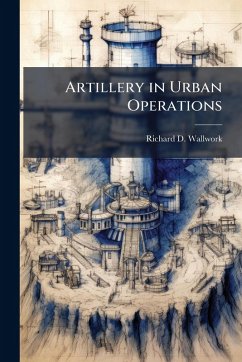
Intelligence Analysis for Urban Combat
Versandkostenfrei!
Versandfertig in über 4 Wochen
15,99 €
inkl. MwSt.

PAYBACK Punkte
8 °P sammeln!
The US Army intelligence community, recognizing the urban combat challenge, is revising intelligence techniques to provide analysts with a better methodology for urban combat. This paper examines current techniques for analysis and determines if they provide an analyst with a logical method for identifying indicators of potential threat COAs against US forces in urban combat. These techniques are pattern analysis, weighing indicators, and wargaming enemy and friendly capabilities. This study reviews the analytical techniques in four historic case studies to determine if applying these techniqu...
The US Army intelligence community, recognizing the urban combat challenge, is revising intelligence techniques to provide analysts with a better methodology for urban combat. This paper examines current techniques for analysis and determines if they provide an analyst with a logical method for identifying indicators of potential threat COAs against US forces in urban combat. These techniques are pattern analysis, weighing indicators, and wargaming enemy and friendly capabilities. This study reviews the analytical techniques in four historic case studies to determine if applying these techniques would have identified indicators of enemy COAs. The four case studies were the battle for Hue in 1968, the US Marine involvement in Beirut from 1982-1984, and the battles for Grozny in 1995 and in 1999. This paper concludes that while the basic techniques for identifying indicators of threat COAs work, some changes should be made. First, all three techniques must be used simultaneously, without an over reliance on a single technique. Second, intelligence analysis should not simply focus on threat patterns, but must anticipate changes in those patterns. Analysts who understand a threat's goals and capabilities can use the three techniques to anticipate changes in a threat's pattern of activities. Finally, current urban analysis techniques overemphasize an analysis of an urban area's terrain at the expense of a detailed analysis of a region's culture, history, and demographics, which are major factors in determining threat actions. This work has been selected by scholars as being culturally important, and is part of the knowledge base of civilization as we know it. This work was reproduced from the original artifact, and remains as true to the original work as possible. Therefore, you will see the original copyright references, library stamps (as most of these works have been housed in our most important libraries around the world), and other notations in the work. This work is in the public domain in the United States of America, and possibly other nations. Within the United States, you may freely copy and distribute this work, as no entity (individual or corporate) has a copyright on the body of the work. As a reproduction of a historical artifact, this work may contain missing or blurred pages, poor pictures, errant marks, etc. Scholars believe, and we concur, that this work is important enough to be preserved, reproduced, and made generally available to the public. We appreciate your support of the preservation process, and thank you for being an important part of keeping this knowledge alive and relevant.




